Description
Insulation rings for lithium cells are essential components used to ensure safety and performance within battery packs. These rings are typically used as insulating barriers between battery cells or other conductive parts, and they help prevent electrical short circuits, thermal management issues, and mechanical damage. They are especially important in lithium-ion batteries, where maintaining proper insulation is critical due to the high energy density of the cells.
Key Functions of Insulation Rings for Lithium Cells:
- Electrical Insulation: They prevent direct contact between adjacent cells, or between a cell and the battery case, reducing the risk of short circuits or electrical failure.
- Thermal Insulation: Some insulation rings may also provide thermal insulation, helping to manage the heat generated by the battery cells during charge/discharge cycles.
- Shock Absorption: The rings can act as cushioning to protect the cells from mechanical impacts during assembly or use, preventing physical damage.
- Spacer Functionality: They also help to space cells apart in battery packs, ensuring proper airflow and reducing the risk of overheating.
Materials for Insulation Rings:
- Polyimide (Kapton): This material is commonly used due to its high thermal resistance and excellent electrical insulating properties.
- Silicone Rubber: This material provides good thermal stability and flexibility, making it suitable for applications where slight mechanical deformation is required.
- PVC or Polyethylene: These materials are sometimes used for their insulation properties and ease of manufacturing.
- Fiberglass: Often used in high-temperature applications, fiberglass insulation can offer added durability.
Considerations for Insulation Rings:
- Thickness: Ensure that the thickness of the insulation ring is compatible with the size of the lithium cells and provides sufficient electrical and mechanical insulation.
- Temperature Resistance: Lithium-ion batteries can generate significant heat, so it’s important to use materials that are rated to withstand the operating temperature range of the cells.
- Adhesive Properties: If the rings are designed with adhesive backing, ensure that the adhesive can maintain its bond at high temperatures without degrading.
If you’re assembling a battery pack or designing a system that involves lithium cells, you’ll need to ensure the insulation rings fit properly around the cells and that they’re made from suitable materials. Are you working on a particular lithium battery design or do you need help finding suppliers or selecting specific insulation materials for your application? Let me know how I can assist you further!





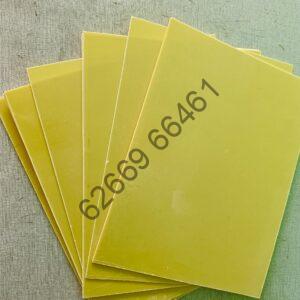
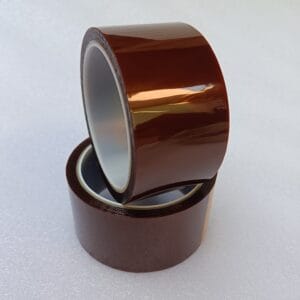
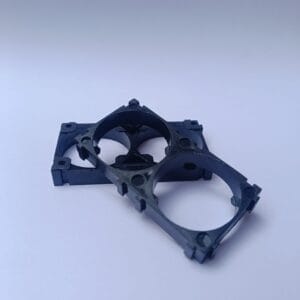
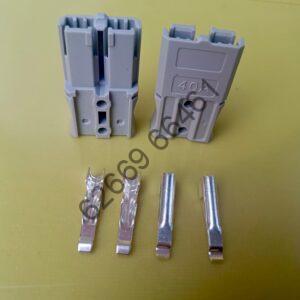
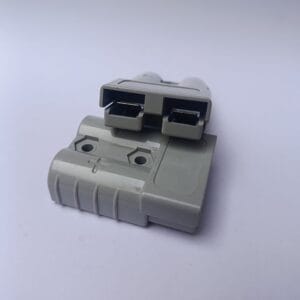
Reviews
There are no reviews yet.